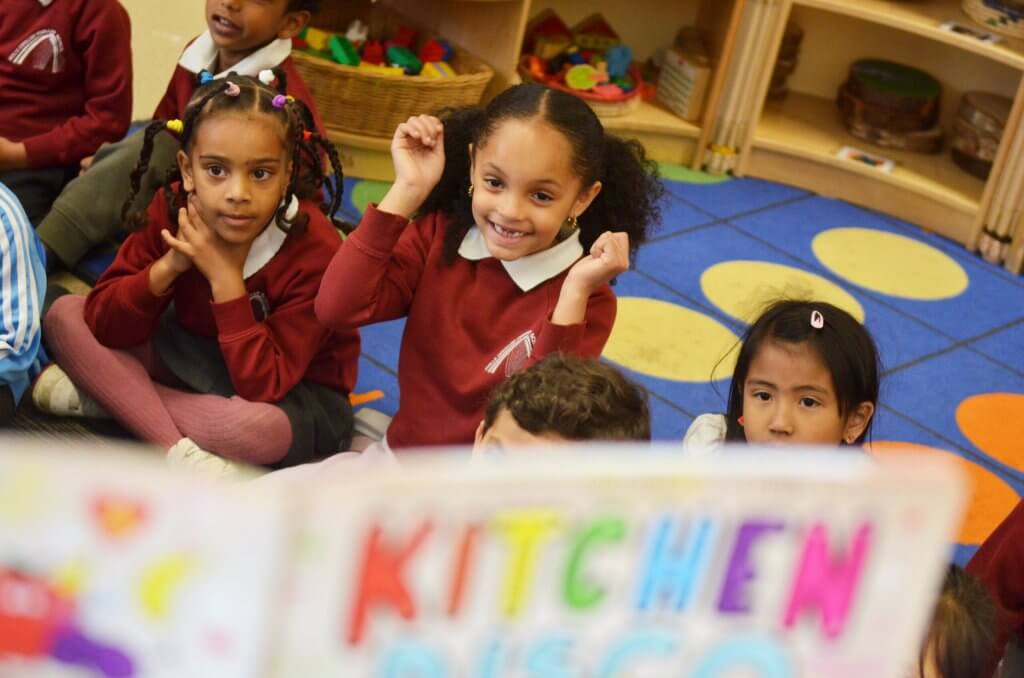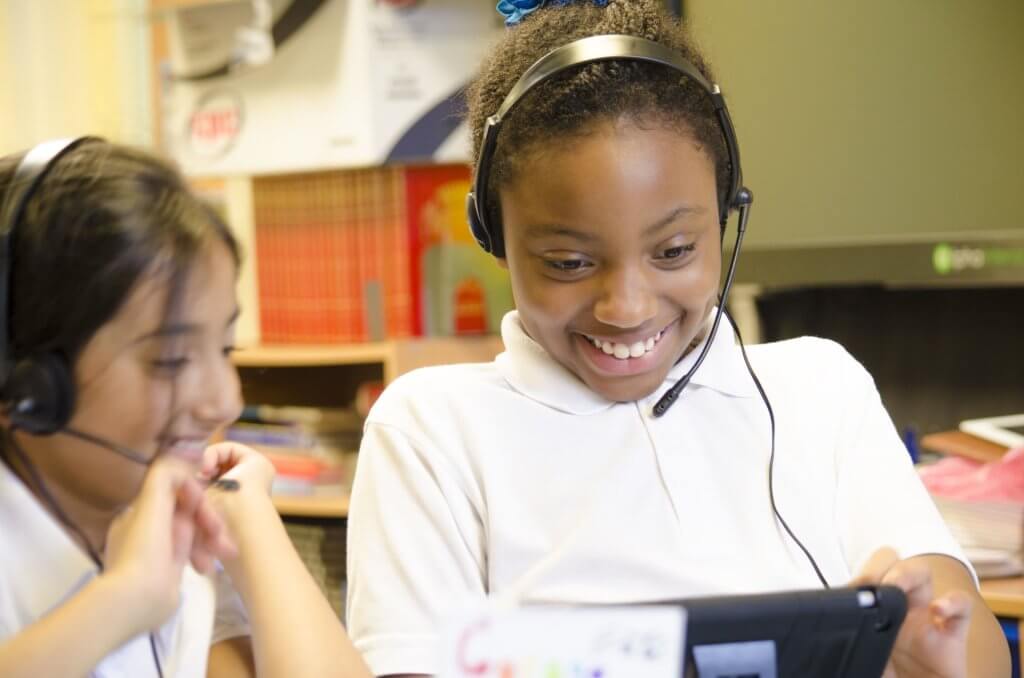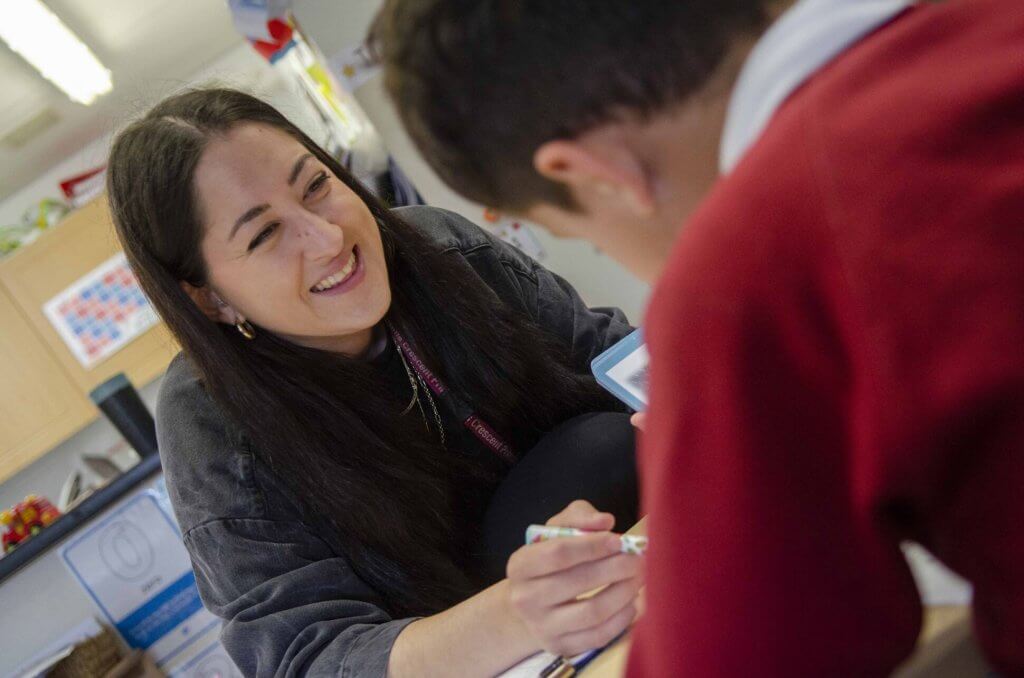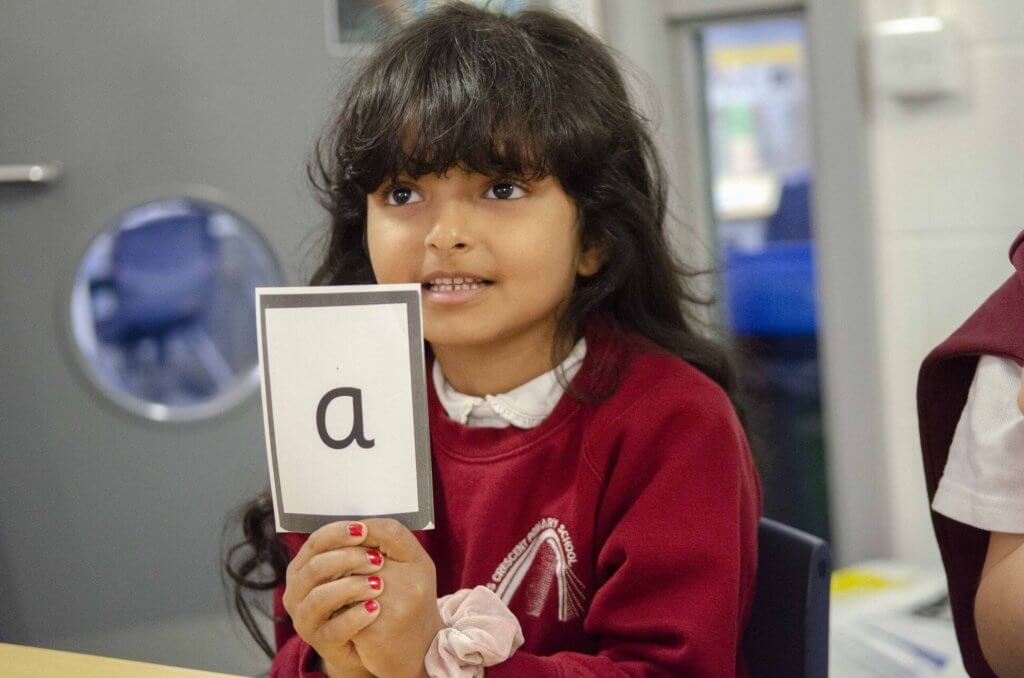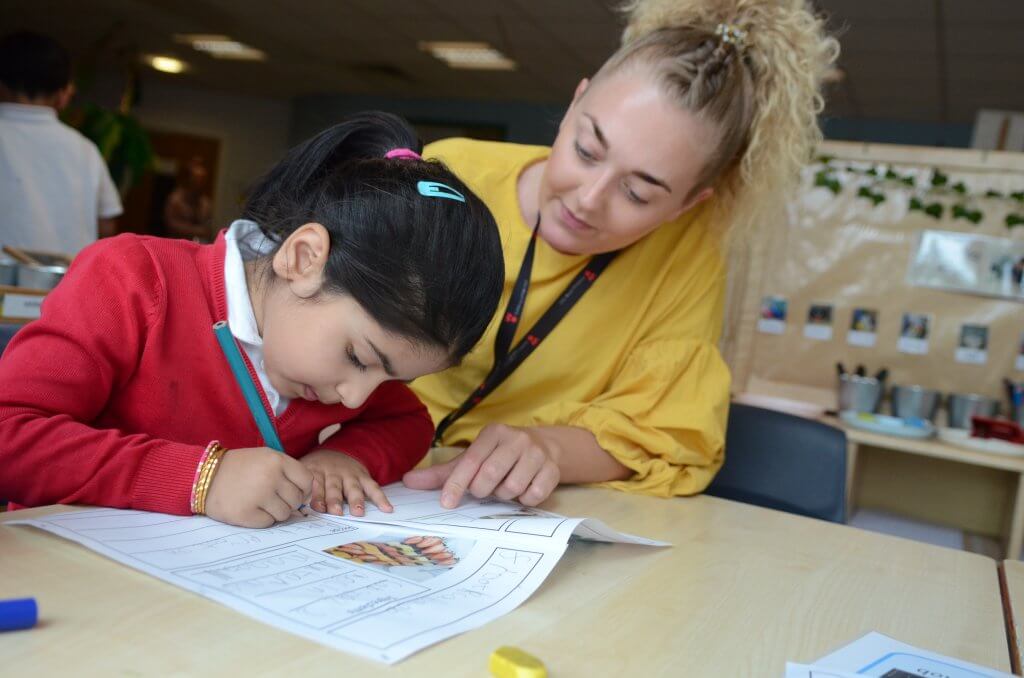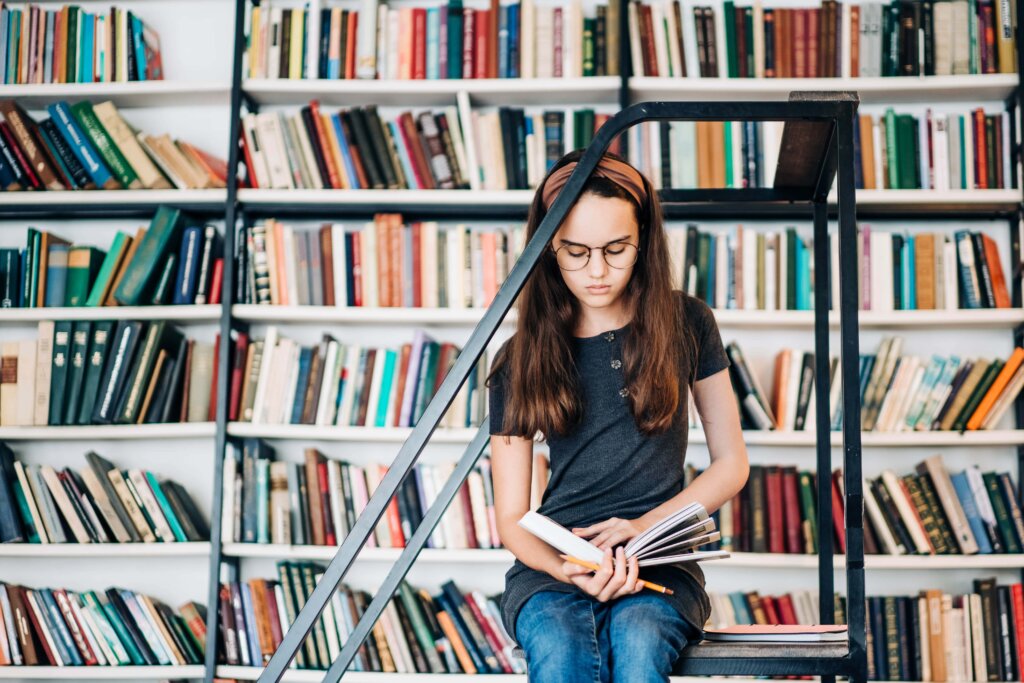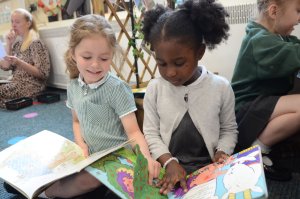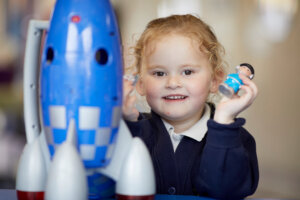Rudine Sims Bishop said that:
“Books are sometimes windows, offering views of worlds that may be real or imagined, familiar or strange. These windows are also sliding glass doors, and readers have only to walk through in imagination to become part of whatever world has been created or recreated by the author.”
Books, texts and stories have amazing power.
Particularly for starting conversations about challenging themes. Right now, the invasion of Ukraine is at the forefront of everybody’s minds, and naturally children have questions and worries about the situation. Books can be a great way of starting a conversation about a challenging topic, as well as supporting and reassuring children. With this in mind, we have gathered together just some of the amazing books and resources out there that we think could help.
Many children will have questions about the invasion.
Finding age-appropriate factual content to share can be challenging, but child-friendly publications such as The Week Junior and First News are superb for older children. The First News website includes links to their ‘explainer’ posts for schools and parents, which you might find useful to signpost teachers and families to. CBBC Newsround also provides a huge bank of resources, in written, visual and video format, that explore daily updates about the invasion and the impact on the people of Ukraine. These may be useful for sharing within school, or again to share with families to support discussion at home.

Aside from factual content about the invasion itself, we know that it is likely that children will want to know more about Ukraine, its culture and its people, or read books by Ukrainian authors and illustrators.
There are amazing texts that can help!

Simply sharing a map and discussing where Ukraine is and which countries it is bordered by is a great first step. The Collins Picture Atlas is a wonderful introduction to maps and atlases for KS1, whilst texts such as Maps by Aleksandra & Daniel Mizielinski and Alexa Ward’s Amazing World Atlas build in further detail for older children. For students in KS3 and KS4, exploring excerpts of books such as Tim Marshall’s Prisoners of Geography could be a next step into discussing the broader themes of the invasion, either using the full edition or the abridged version depending on the year group. Books such as Lonely Planet Kids’ The Travel Book and The World Book by Joe Fullman are great for finding out more about Ukraine as a country, in an accessible way. There are also a number of simple books for younger children about Ukraine, including My Country: Ukraine by Annabel Savery and Ukraine by Alicia Klepeis.
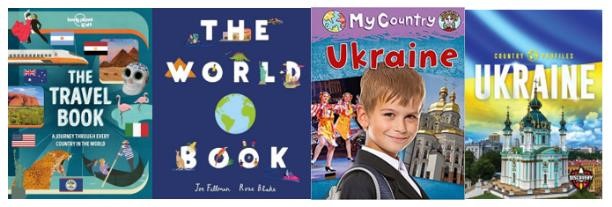
Exploring fiction with links to Ukraine is a wonderful way to build connection and understanding. A huge range of traditional Ukrainian folk tales have been published, including The Mitten by Jan Brett and Rechenka’s Eggs by Patricia Polacco.
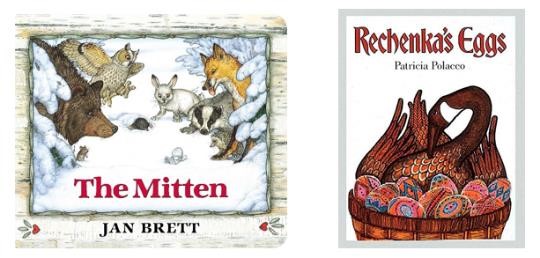
The partnership of Romana Romanyshyn & Andriy Lesiv, and their studio is another route into sharing the work of Ukrainian authors and illustrators. Their beautiful picture books such as Stars and Poppy Seeds and Sound: Shhh . . . Bang . . . POP . . . BOOM! are a great way to introduce Ukrainian authors to children.
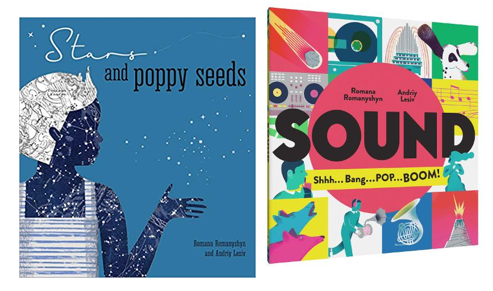
While for longer fiction, Memories of Babi (UKS2+) by Aranka Siegal and Dream Land (KS3+) by Lily Hyde are both fantastic reads that share insights into different aspects of Ukraine.
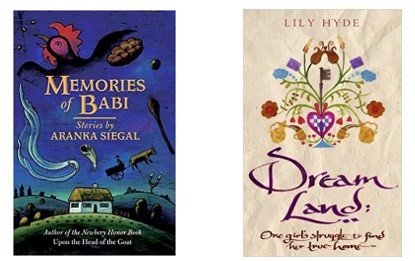
As well as finding out more about Ukraine, there are some wonderful books out there for developing understanding about how war and conflict impact people. These books would need to be used sensitively depending on your class, or you may feel they are more suited to signposting parents towards.
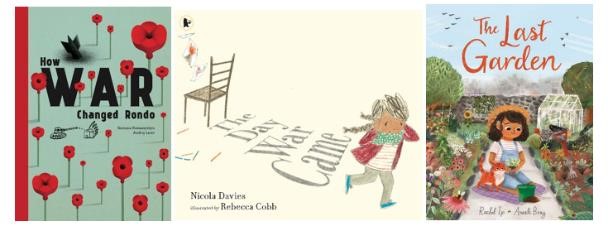
How War Changed Rondo by Romana Romanyshyn & Andriy Lesiv is a timely exploration of the impact of war which was recently voted a Kirkus Best Book for 2021: A Best Picture Book for Starting Conversations. Thanks to Simon Smith on Twitter for the recommendation! The Day War Came by Nicola Davies and The Last Garden by Rachel Ip and Anneli Bray are another two wonderful recommendations, for sharing different aspects of conflict and their impact on children, in a child-friendly and ultimately hopeful way.
But what about reassuring children who are worried?
Sharing books such as Ruby’s Worry by Tom Percival or The Worrysaurus by Rachel Bright and Chris Chatterton can support children to not feel alone in their worries, and provide coping strategies. For older children and young people, dipping into books such as How Not to Lose It: Mental Health Sorted by Anna Williamson & Sophie Beer and No Worries! By Dr Sharie Coombes can help to explore their feelings about the current situation and any anxiety they might be feeling as a result.


